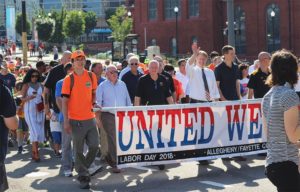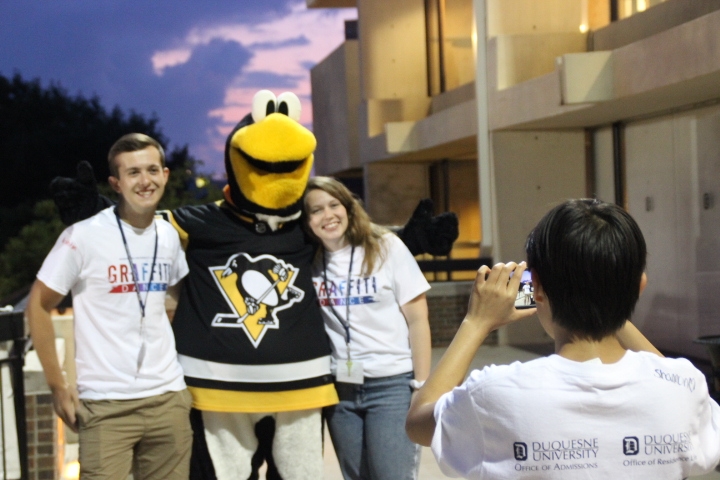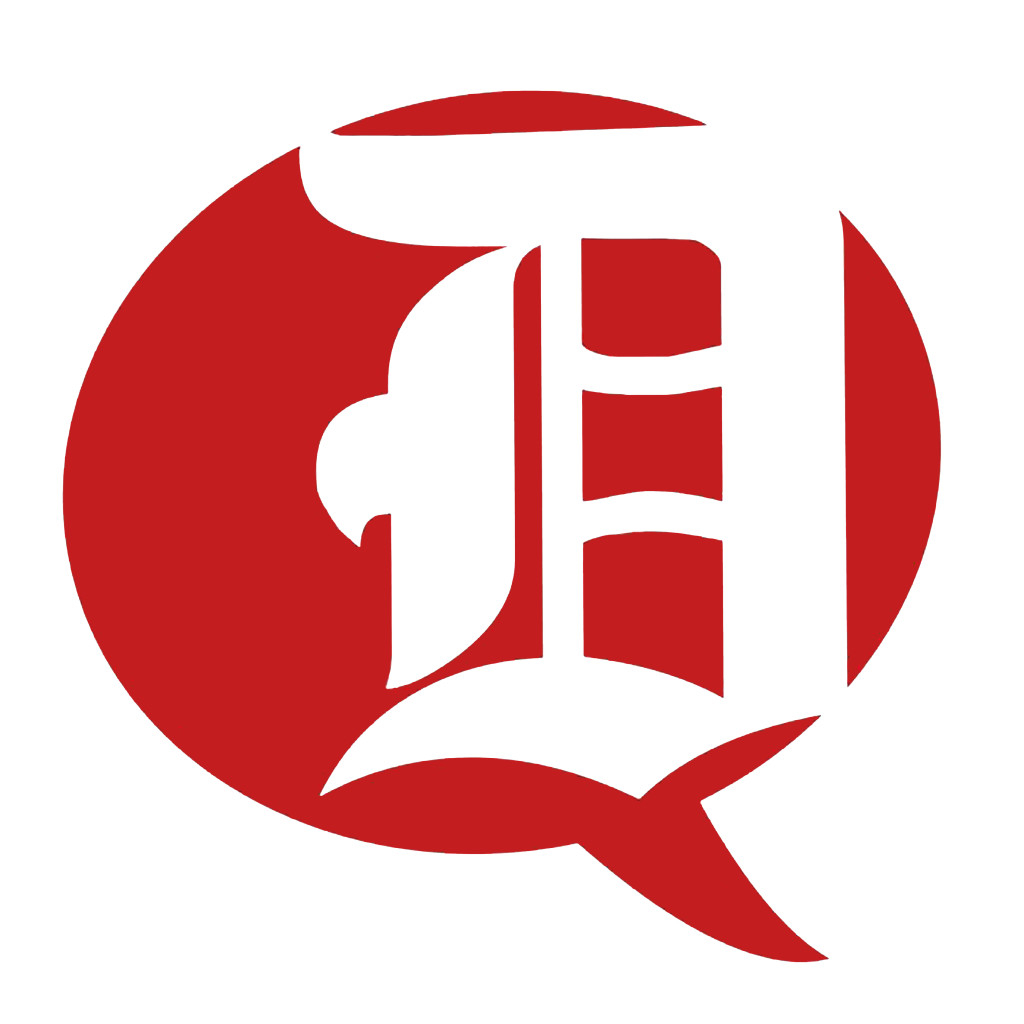Madeline Bartos | Staff Writer
09/06/2018

The 37th Labor Day Parade in Pittsburgh this past Monday had many familiar faces, including former Vice President Joe Biden. The parade also featured nearly 200 unions and other units.
Pittsburgh has been marching to the beat of its own Labor Day Parade drum for over a century. The first Labor Day was celebrated on Tuesday, Sept. 5, 1882, in New York City, and it didn’t take long for the festivities to catch on in Pittsburgh.
For the past 37 years, Pittsburgh has been hosting the largest participating Labor Day parade in the United States, according to the American Federation of Labor and Congress of Industrial Organizations (AFL-CIO).
The parade, which this year featured a speech and guest appearance from former Vice President Joe Biden, marches from PPG Paints Arena to the USW Building on Boulevard of the Allies.
Not only does Pittsburgh have the largest parade, but it also has more than 134 years of Labor Day history. Let’s rewind all the way back to 1882, when Labor Day was initially celebrated, and Pittsburgh was one of the first cities to have a parade.
The city’s inaugural Labor Day, recorded in the Pittsburgh Commercial Gazette, the business newspaper, looked a bit different than the three-day weekend we’re used to now. The day after Labor Day, the paper wrote, “All the banks and government offices were open all day yesterday as usual.”
The following year, things hadn’t changed. The Pittsburgh Commercial Gazette published a dry comment in the paper that year, saying “It was Labor Day yesterday, and all through the United States large numbers of workingmen triumphed over capitalism by taking a holiday at their own expense.”
By 1914, however, the celebration of Labor Day in Pittsburgh caught on. According to the Post-Gazette, the parade attracted 35,000 union members. A monthly magazine published by the Flint Glass Workers Union of America noted that for the first time in over 20 years, even the glass workers marched in the parade.
But it wouldn’t be long before the parade would become somber again.
Years later, in 1932, William Green, the president of AFL before it became AFL-CIO, addressed the crowd in Pittsburgh during the third year of the Great Depression. The national union leader advised the Pittsburgh crowd that even though “economic skies were clearing and that faith and confidence are being restored,” hard times would still be ahead as one in four Americans were still unemployed.
Months before the next Labor Day in 1933, Franklin Delano Roosevelt had been inaugurated in March. In the following months, Congress began to take action and pass legislation to pull the U. S. out of the Depression.
In 1933, the unemployment rate had not improved, but the Post-Gazette reported that spirits were much higher than the previous year. Union members gathered in West View Park, a Kennywood-esque picnic park off Route 19 that closed in 1977, and listened to speakers who had gathered for the holiday.
As usual, there was the classic Pittsburgh Labor Day Parade. “McKeesport was the scene of a huge miners’ and steelworkers’ parade, with more than 5,000 persons in the line of march,” the Post-Gazette reported.
World War II had begun in Europe, but in 1939, the U. S. had not yet gone to war. According to the Post-Gazette’s reporting, the Labor Day celebrations emphasized preparedness in the coming war.
Instead of taking the day off, it was estimated that 25,000 Carnegie-Illinois workers at Homestead and other plants, as well as thousands of other steel companies like Jones and Laughlin, continued with their 24-hour production schedule, according to the Post-Gazette. There was still a sizeable parade through Homestead and Munhall, though as another 30,00 union workers marched.
After World War II ended, the Labor Day scene in Pittsburgh returned to three-day weekends, picnics, and pool parties. The year the war ended, the Post-Gazette noted that in contrast to the non-stop 24/7, 365 days a year workflow pulled by the industry during the war, “district industrial plants joined with public offices and business houses in closing for the day.”
Pittsburgh’s history of Labor Day isn’t all parties, though. 1959 brought a new tradition: An annual Labor Day Mass. The first service was celebrated in St. Paul’s Cathedral in Oakland and has since been held in different locations.
In the ‘60s, Labor Day stopped all together in Pittsburgh for about 16 years. It finally made a comeback in 1984, when the Post-Gazette noted the enthusiasm the celebrations were met with.
And since then, the rest has been history.



